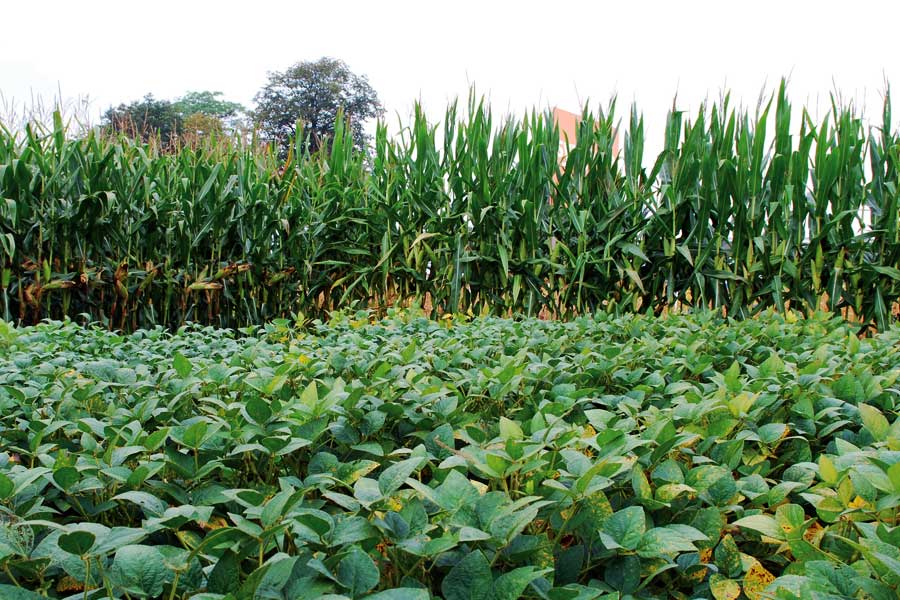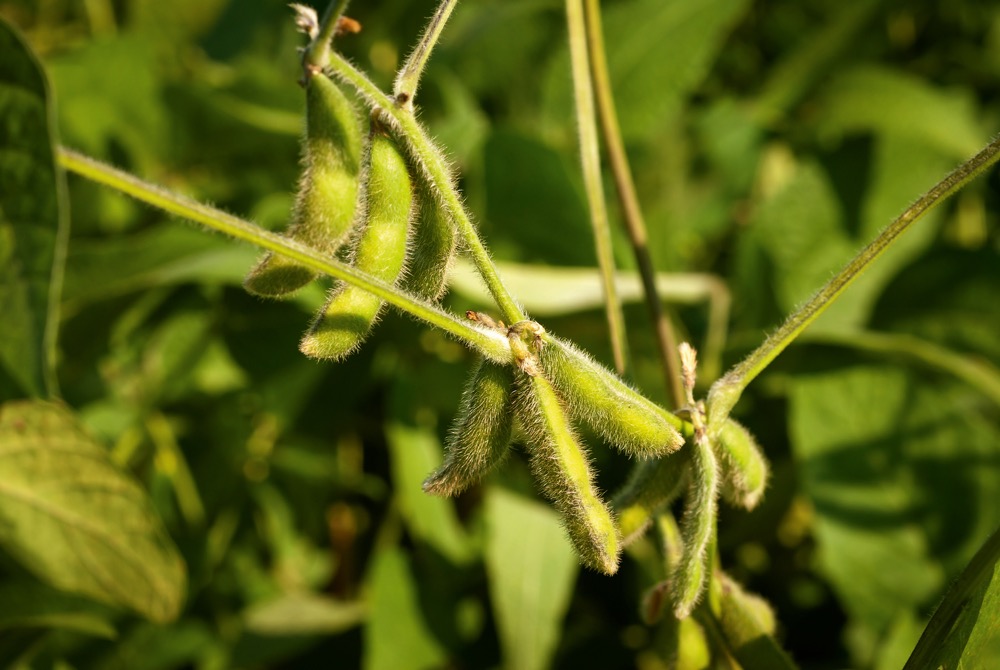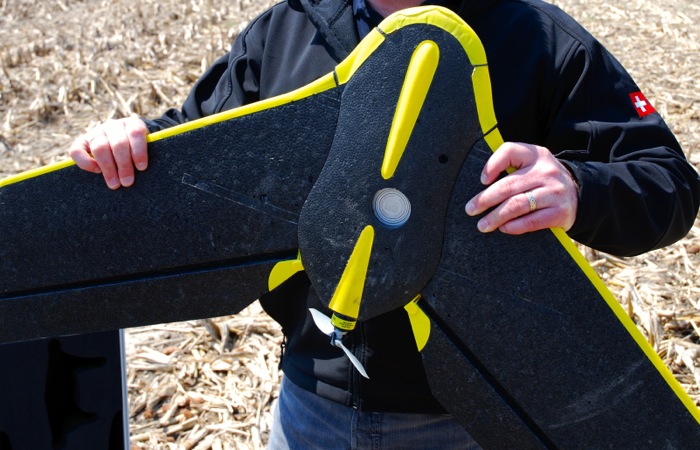After a long winter and a slow start to spring, everyone is itching to hit the field, and the major seed and chemical companies are no exception.
This year, though, they’re moving away from just looking at new active ingredients or new genetics in their R&D plots. Now, they’re also starting to show what their products can do with the latest precision agriculture technology.
Their research teams are recognizing that technology is transforming the way their products are going to be used. Farmers are farming differently, and they get better at using precision ag technology to its full potential. The companies want to show how their products operate in this new environment.
Read Also

Producers aren’t panicking over tariffs and trade threats
The influence of tariff and trade uncertainity on farm business decisions.
With that in mind, Country Guide offers this snapshot of what some of the major companies are planning this season for their plots, tours and research studies.
- From the Grainews website: 2014 rebate roundup
DuPont Pioneer Hi-Bred
Using technology to generate more information — and therefore better-informed decisions — is a goal for DuPont Pioneer Hi-Bred and its PKP (Product Knowledge Plots) program for 2014. Paul Hermans, area agronomist for eastern Ontario, says the objective is to learn more about products under different management systems, such as in plots where he’ll be planting four hybrids at four populations across different soil types.
“The project will use yield monitors and GPS to collect the data for decisions on product placement this fall,” says Hermans.
The more data points, the better the information gleaned from the plots, Hermans adds. “It’s all aimed at taking precision agriculture to the ‘decision’ agriculture stage.”
Hermans is also overseeing corn silage trials in his area, with a special focus on populations. Plots will begin with a grower’s normal population, and then compare that to populations of 4,000 to 5,000 more plants per acre to see if there’s an economic advantage to the higher rates.
Also on Hermans’s R&D list are boosting corn nitrogen rates by 50 pounds an acre, plus benchmarking work on soybean cyst nematodes in the region.
Pride Seeds
Another company looking to add value to existing technology is Pride Seeds. The company wants to take trait technology to the next level, building on the concept of “prescription agriculture.”
They’ll do that with sites and plots across the province. “It’s taking advantage of the genetics and the traits,” says Stephen Denys, vice-president of sales and marketing for Pride Seeds. “What we’re trying to do then is to better match the genetics to the management area in the field.”
“The way we start to select hybrids will evolve,” Denys says.
It’s one thing to have plots along a road, but the goal this year will be to determine which hybrids work across an entire field. For instance, a lower-yielding hybrid in a plot may be the best choice in another part of the field because of the soil type or other factors.
The process actually starts when the breeder decides what sources to cross, but now it will involve more analysis along the way, says Denys. “It means intensifying the testing at earlier stages so that when you actually watch the hybrid, you can already tell the producer that this is the population, this is the soil type that it should go into.”
Pride also plans to help the grower do more with soil testing to define management zones and incorporate that information into a planter or variable-rate fertilizer applicator.
BASF
For 2014, BASF will focus on six different plot studies.
With cover crops and residual herbicides, BASF is exploring inter-seeding covers such as ryegrass into standing corn around the five-leaf stage while ensuring the cover doesn’t become a weed. In 2013, Quebec growers employed this practice on about 30,000 acres, and according to Rob Miller, technical development manager with BASF, they’re expected to up that to over 50,000 acres this year.
“Every year is different, and they’re still experimenting (in Quebec) with which application timing works best, but they’re saying that with the increase in soil health, it improves the soybean yields the following year,” says Miller. “They’re even finding that with a wet fall, it’s easier to harvest and there isn’t the same risk of compaction.”
On fungicide timing and foliar fertilizer, BASF is continuing work conducted partly with Dr. David Hooker at the University of Guelph. The idea is to apply foliar fertilizers earlier — around the R 2.5 stage — when pods first develop at the bottom of the plant. Research in the U.S. suggests the best timing there is R 3.
“We’re getting more consistent yield results at that earlier timing,” says Miller, adding that Hooker’s research examined numerous varieties across different locations and different maturity groups. “He saw a benefit to going with that earlier application, and that lined up with our data from the last three years.”
Weed resistance management, the timing for Priaxor fungicide in soybeans, and the effect of fungicides on cereal straw quality are also on BASF’s research list for 2014, as is work on Eragon as a desiccant in IP soybeans and edible beans.
Bayer CropScience
How insecticide applications affect all forms of insects is top of mind for many growers, and it is against this backdrop that Bayer CropScience is highlighting a new foliar and soil-applied insecticide, which it has submitted for registration.
Sivanto Prime is a Group 4D insecticide with xylem-mobile activity. Corn is among the many field and horticulture crops in the submission. Included as target pests are aphids, leafhoppers and Colorado potato beetles, along with many others.
Note, however, that at press time, Sivanto Prime is not registered for use in Canada.
This summer, Bayer CropScience is also hoping to launch a new fungicide formulation, which also has been submitted for registration for soybeans and winter wheat. Stratego Pro provides improved disease control and higher yields than the original formulation. Other benefits include long-lasting residual control, preventative and post-infection activity, a broader disease spectrum and improved white mould protection in soybeans.
At press time, Stratego Pro is also not registered for use in Canada.
Hyland Seeds/Mycogen
This summer, Hyland Seeds and Mycogen will be showcasing a new corn trait, particularly in 3000-plus heat-unit areas. Late last November, Powercore was registered in the U.S., providing the latest above-ground insect protection in corn with three different modes of action.
“We’re launching the trait in the newest, most elite genetics, which also incorporate the Enlist herbicide trait,” says Bill Webster, marketing manager of Hyland Seeds. “We’ll be talking about the technology itself, and then be able to show a couple of hybrids that have that technology.”
Of particular interest with the Powercore technology is that it combines three different Bt proteins which, in essence, provide multiple modes of action to control five of the most serious above-ground insect threats in corn.
“Growers will have season-long control of all generations of European corn borer, black cutworm, fall armyworm, Western bean cutworm — which has been making its way into Ontario — and corn earworm,” says Webster. “If you cover those off, you’re really protecting the above-ground portions of the plant. And because it’s using multiple modes of action, we’re sustaining the longevity of the trait.”
Canadian approval is expected for the 2015 growing season, but it’s dependent on gaining U.S. trait approval for Enlist, as well as approval for export.
Syngenta
The shift from a product-driven to a crop-centric strategy is allowing Syngenta to target the emerging agronomic needs of farmers. The company’s Field Evaluation Trials (FET) and Grow Your Best Crop (GYBC) plots will evaluate technology and also assess agronomic attributes to provide growers with advice regarding which practices produce the best results.
In 2014, Syngenta will be showcasing Lumax EZ herbicide, registered for use this year, and the newest addition to the Foundation Acre corn portfolio. A combination of Group 5,
15 and 27 herbicides, Lumax EZ features the same active ingredients found in Primextra II Magnum, Aatrex and Callisto, allowing for a one- or two-pass system. The herbicide controls key weeds with an extended pre-emergent application window.
New research indicates that like corn, soybeans have a critical weed-free period (CWFP) and that early weed control is important in attaining high yields.
Syngenta is also promoting Boundary LQD herbicide in an emulsifiable concentrate formulation that pours as a liquid for easier handling. It can be applied in a one- or two-pass system with premium residual control of annual grasses, eastern black nightshade and redroot pigweed.
The company has also submitted for the registration of Vibrance Quattro, a new fungicide-only pre-mix seed treatment, with the hope of having it registered for use in cereals in 2014. A combination of sedaxane, difenoconazole, mefenoxam and fludioxonil, Vibrance Quattra pledges to provide cereal growers with improved control of fusarium head blight (FHB). Its higher rate of sedaxane will also improve control of loose smut in barley as well as with Rhizoctonia.
















